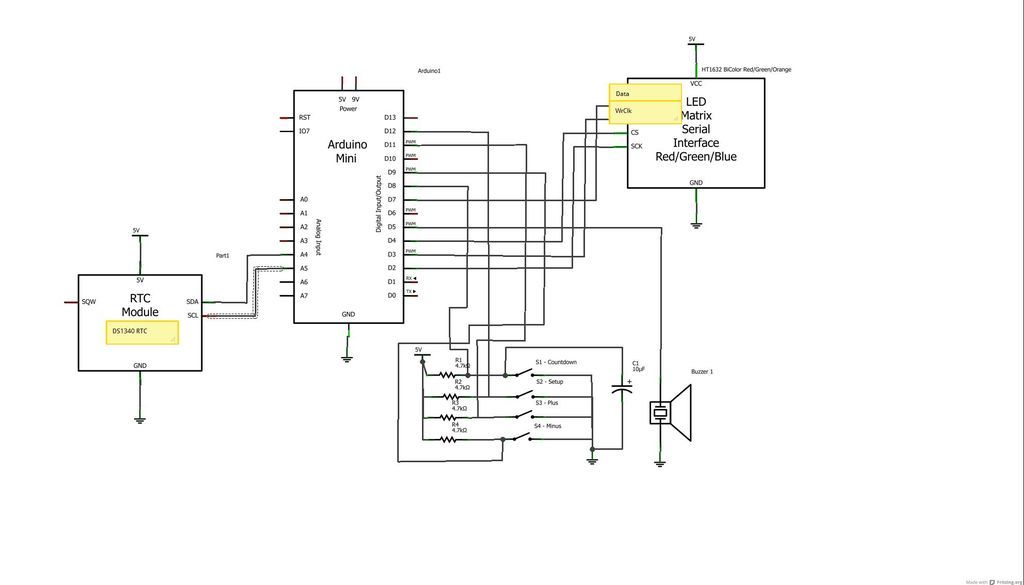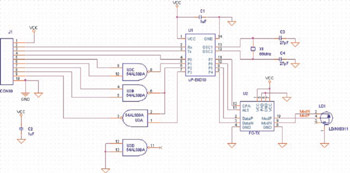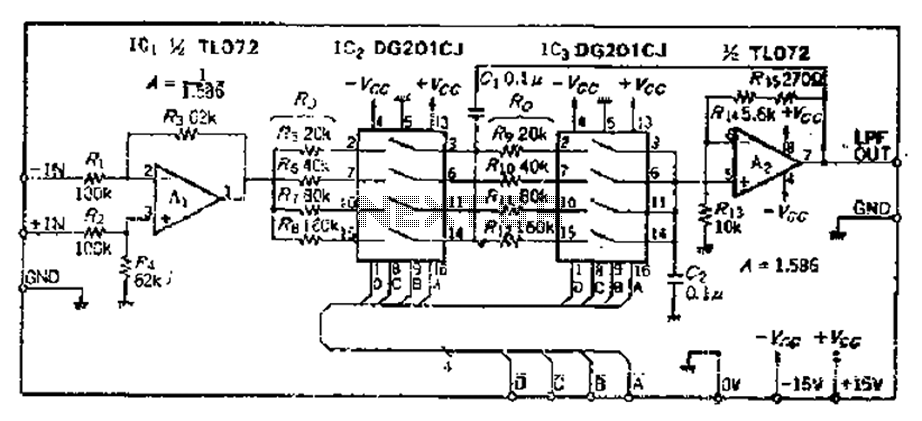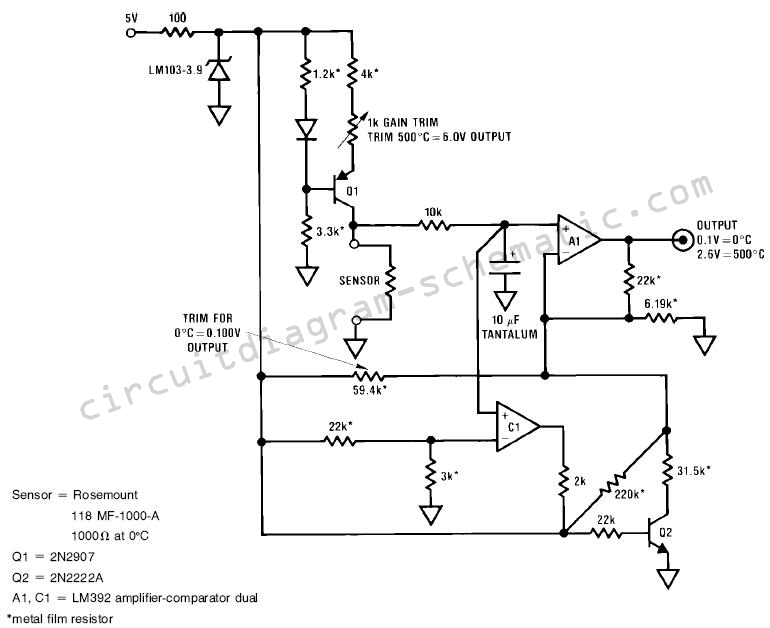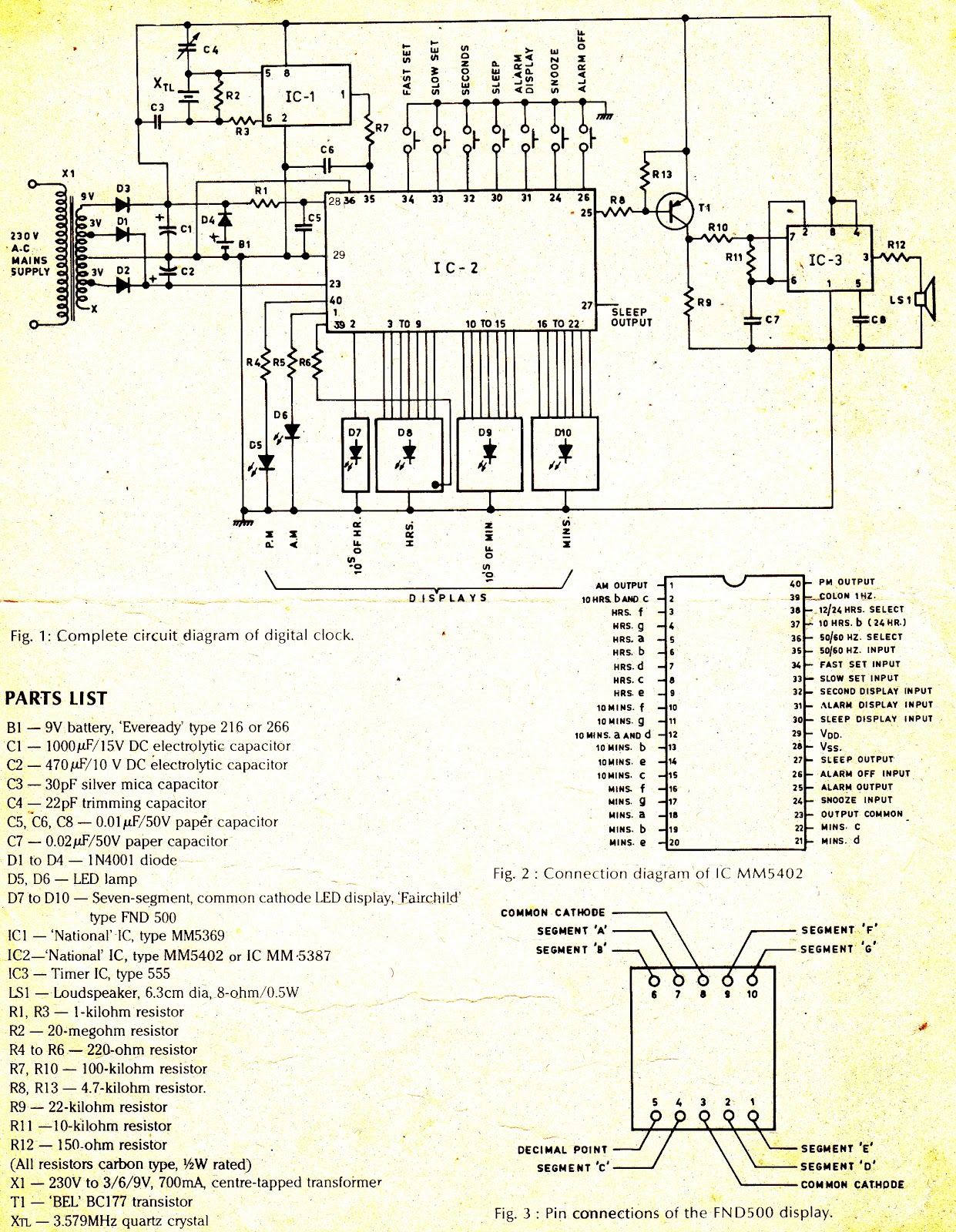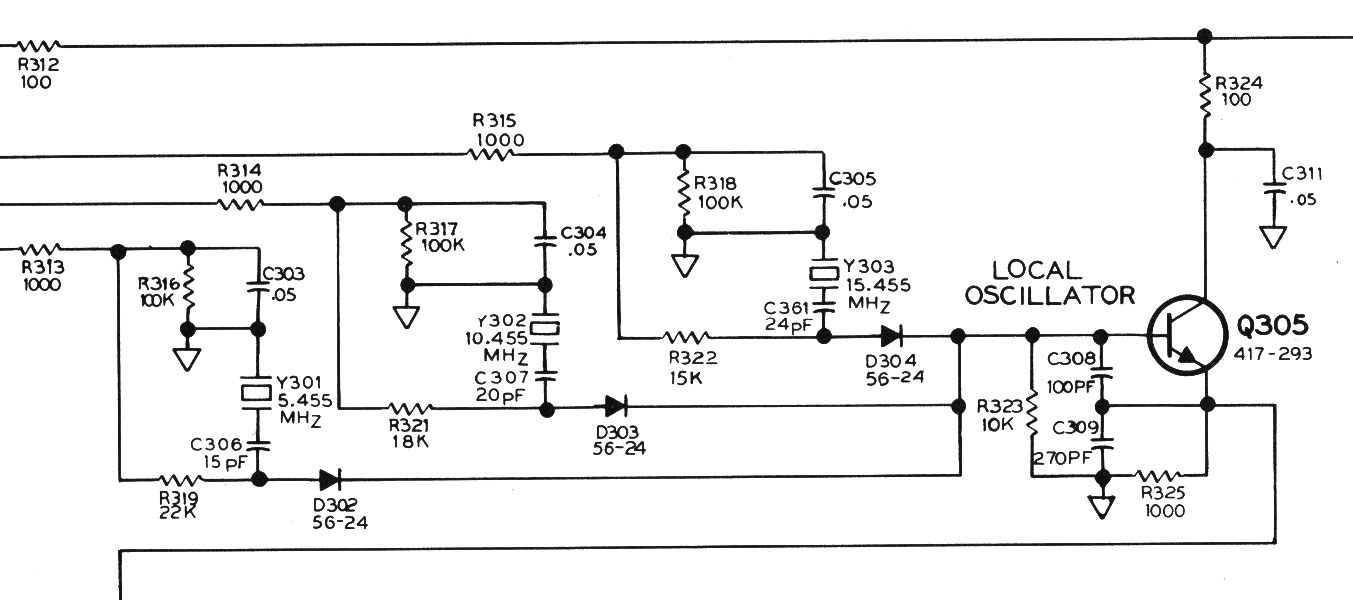
1HZ Standard digital clock
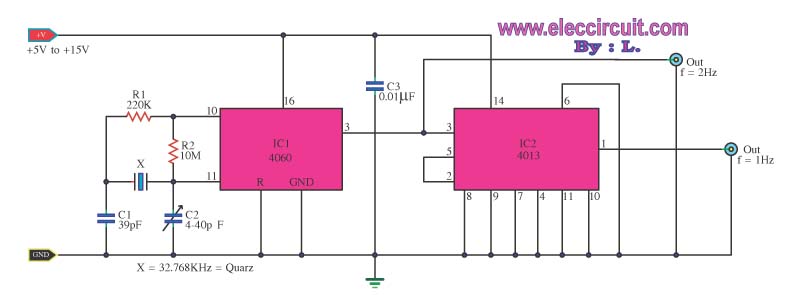
This is a standard digital clock circuit with a frequency of either 1 Hz or 2 Hz. It can be utilized in a conventional clock circuit. The circuit comprises IC-4060 and IC-4013.
The digital clock circuit operates by utilizing the IC-4060 as a frequency divider and oscillator. The IC-4060 is capable of generating a stable clock signal, which can be adjusted to either 1 Hz or 2 Hz depending on the configuration of external components such as resistors and capacitors connected to its pins. This frequency generation is crucial for timekeeping accuracy in digital clocks.
The IC-4013, a dual D-type flip-flop, is employed to further process the clock signal from the IC-4060. The flip-flops can be configured to count the pulses generated by the IC-4060, effectively dividing the frequency to achieve the desired timekeeping functionality. By cascading multiple flip-flops, the circuit can count seconds, minutes, and hours, displaying the time in a standard digital format.
Additional components, such as a 7-segment display, can be integrated into the circuit to visually represent the time. The output from the IC-4013 can be connected to a decoder driver that translates the binary output into a format suitable for driving the display. Power supply considerations must also be taken into account, ensuring that the circuit operates within the specified voltage range for both ICs.
In summary, this digital clock circuit is a practical implementation of frequency division and counting using the IC-4060 and IC-4013, providing a reliable solution for timekeeping in various applications.This is a standard digital clock circuit,frequency size 1 Hz or 2 Hz. It can be used in the normal clock circuit. It consists of IC-4060 and IC-4013, the. 🔗 External reference
The digital clock circuit operates by utilizing the IC-4060 as a frequency divider and oscillator. The IC-4060 is capable of generating a stable clock signal, which can be adjusted to either 1 Hz or 2 Hz depending on the configuration of external components such as resistors and capacitors connected to its pins. This frequency generation is crucial for timekeeping accuracy in digital clocks.
The IC-4013, a dual D-type flip-flop, is employed to further process the clock signal from the IC-4060. The flip-flops can be configured to count the pulses generated by the IC-4060, effectively dividing the frequency to achieve the desired timekeeping functionality. By cascading multiple flip-flops, the circuit can count seconds, minutes, and hours, displaying the time in a standard digital format.
Additional components, such as a 7-segment display, can be integrated into the circuit to visually represent the time. The output from the IC-4013 can be connected to a decoder driver that translates the binary output into a format suitable for driving the display. Power supply considerations must also be taken into account, ensuring that the circuit operates within the specified voltage range for both ICs.
In summary, this digital clock circuit is a practical implementation of frequency division and counting using the IC-4060 and IC-4013, providing a reliable solution for timekeeping in various applications.This is a standard digital clock circuit,frequency size 1 Hz or 2 Hz. It can be used in the normal clock circuit. It consists of IC-4060 and IC-4013, the. 🔗 External reference
